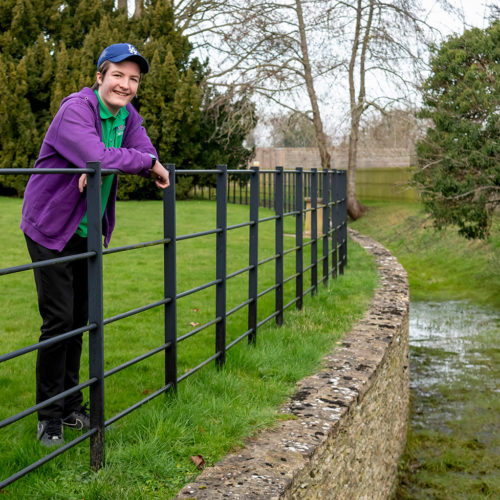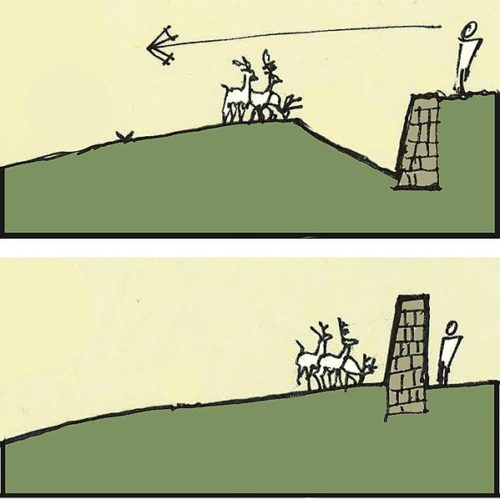Historic Location
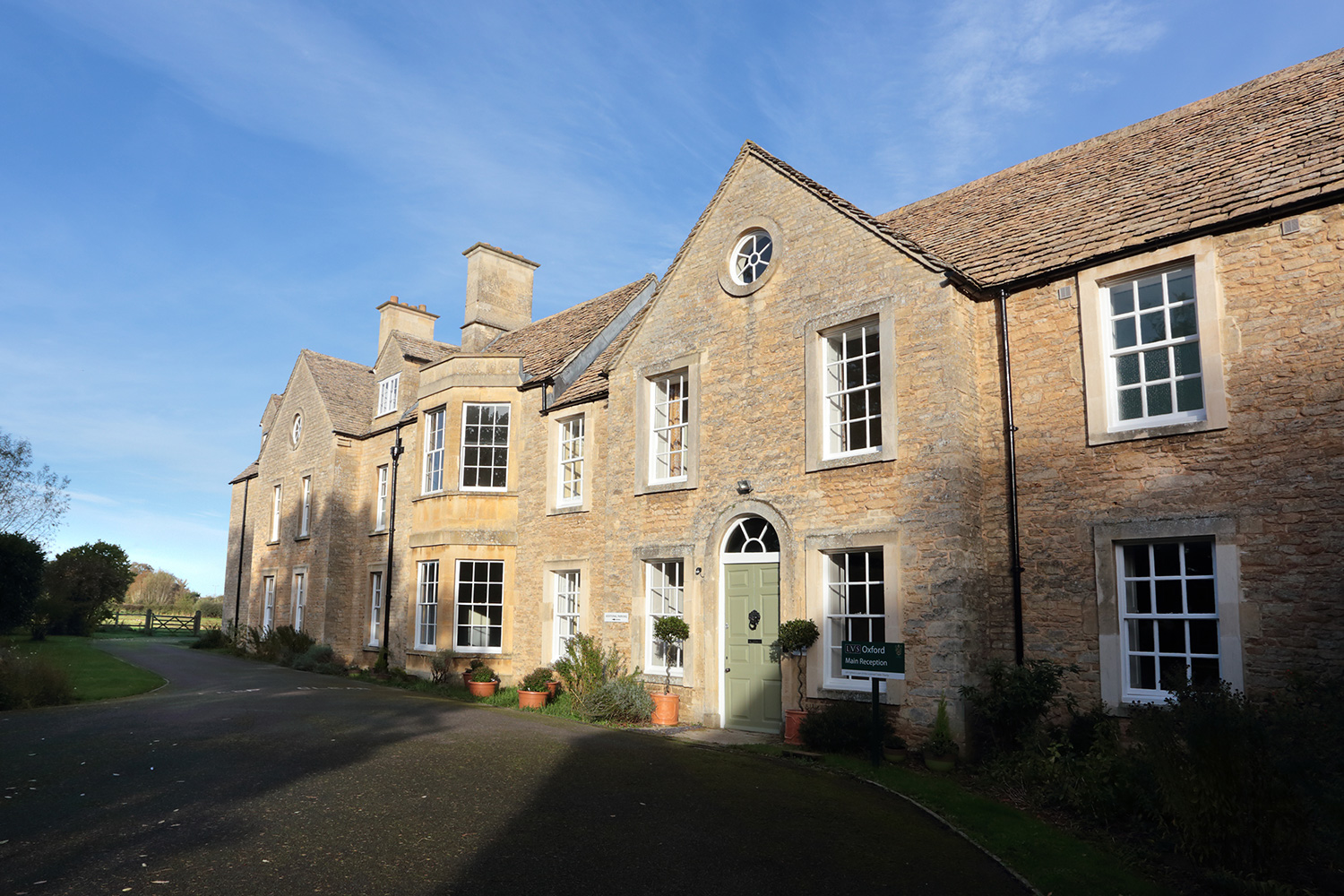
Although we are not a faith school, our campus has a long history of religious use, and before that an even longer history of secular use as a manor house and estate.
We are located within the Begbroke Conservation Area of Oxfordshire which was established in July 1991. This is a designated area that protects the character of Begbroke village and its surroundings.
The conservation area is characterised by the use of local materials, mostly limestone, which is used for building in traditional styles. There is also an extensive use of dry-stone walls for borders, instead of fences or hedges.
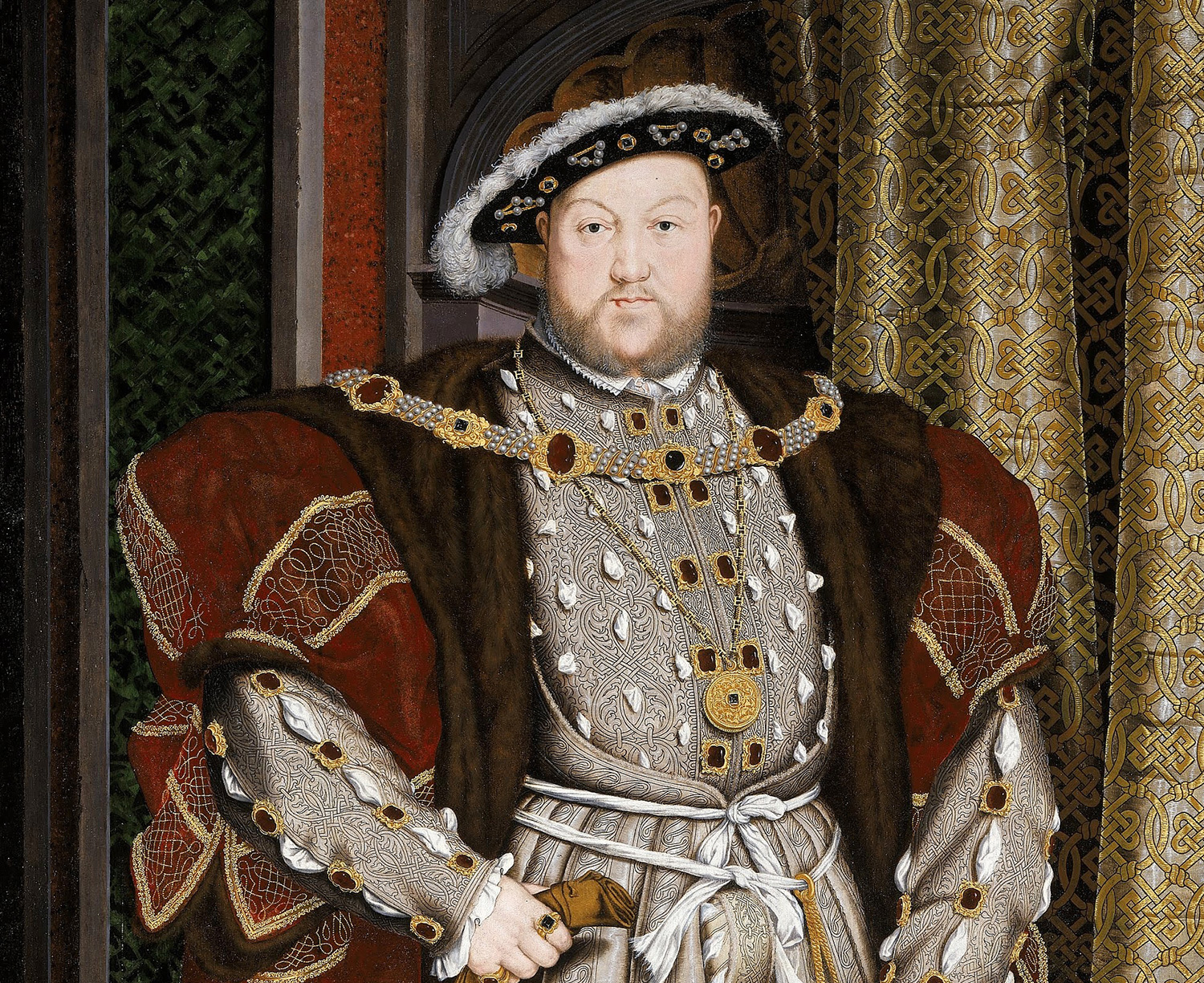
Pre 1660s
The Saxon village of Begbroke (Becca’s brook) was located adjacent to Rowell Brook, a tributary of the Rover Cherwell. The Domesday Book records nine tenants in 1086 and this had only grown to thirteen by 1279.
By 1240 the land had become part of the estate of Studley Priory. Back then, the Catholic church owned a lot of the land and, of course, the income it generated. Two hundred years later, around 1540, Henry VIII dissolved the monasteries and appropriated their land and the buildings. Thereafter our estate was brought by the Croke family, lawyers and gentlemen farmers, who lived there for several generations.

The 1660s
There was an ‘old dwelling house’ on the site before the 1660s, probably a large farmhouse, but by 1662 there was a new building. This was now more of an established manor house and it was known as Begbroke House. The house had been built by Colonel John Butler with stone reclaimed from the ruins of Woodstock Palace (an old royal palace three miles away that had been destroyed in the English Civil War).
A new buyer of the house in 1662, John Nott, insisted that Colonel John Butler give him a written guarantee that he had the rights to have used ‘the king’s stone’ to build the house. Some of the Woodstock Palace stone was also used to build nearby Blenheim Palace which opened in 1722.
The main entrance area of our school, and the wooden beams in our reception, date from the original 17th century building.
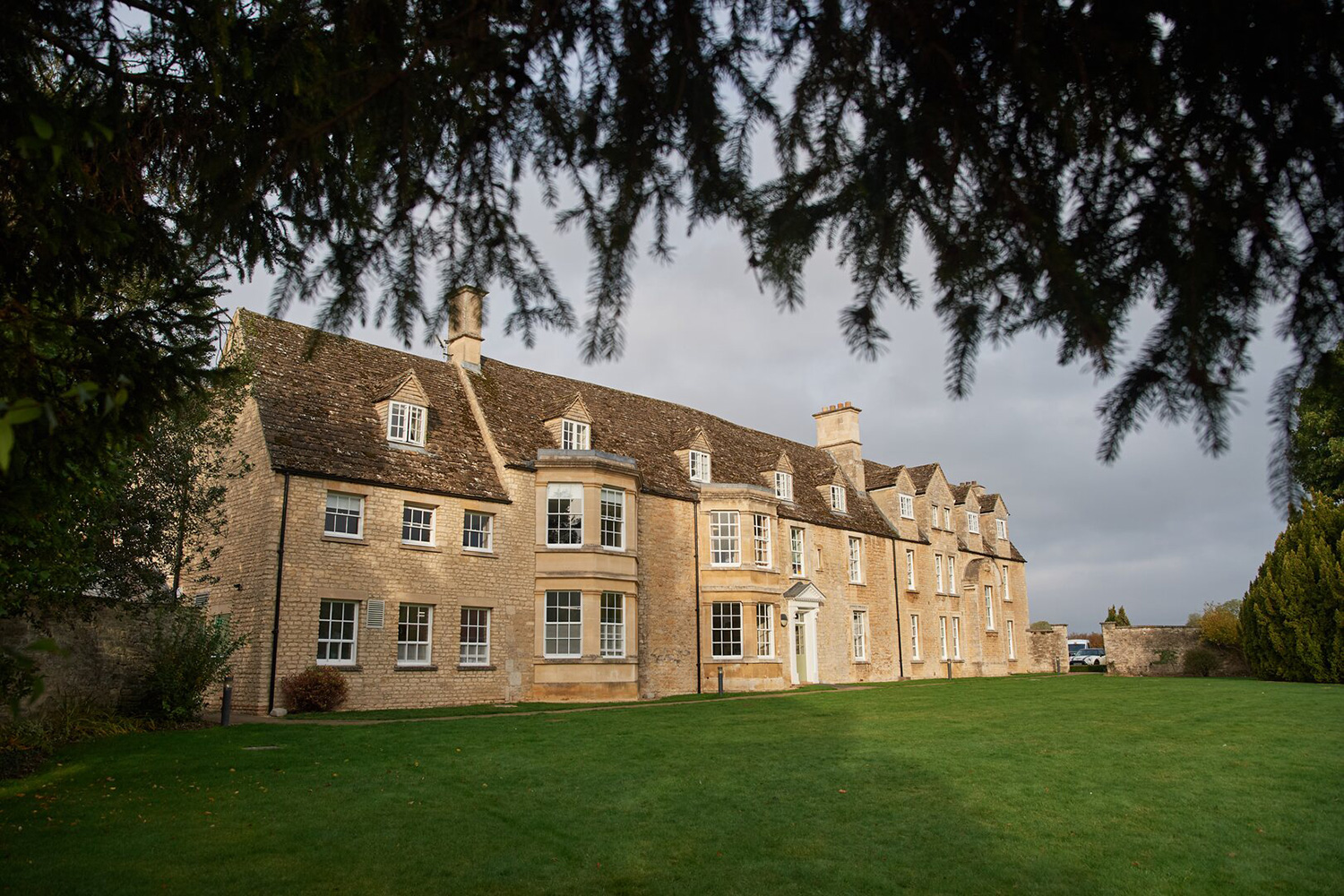
The 1700s and 1800s
During the 1700s Begbroke House was greatly enlarged with the addition of new rooms and two storey extensions. In 1788 the house and estate came under the ownership of George Spencer, 4th Duke of Marlborough, whose main residence was Blenheim Palace.
Ownership would remain with the Dukes of Marlborough up until 1881 when it was sold by the 7th Duke, John Winston Spencer-Churchill. He was Winston Churchill’s grandfather.
One interesting feature that would have been built in the 1700s was our Ha-Ha.
What is a Ha-Ha?
A Ha-Ha is a clever wall that doesn’t block your view of your grand estate from the house. Imagine that you want to keep your next door-neighbour’s sheep or cows off your nicely manicured lawn. Naturally, you could build a wall or erect a fence. However, those barriers might spoil your view, especially if it was a pleasing one that you’d paid a lot of money for when you bought the house. The submerged Ha-Ha wall, and the sloping ditch in front, works ‘invisibly’ as a barrier to animals (note: we ended up putting a railing on ours for safety.)
By the way, it’s called a ‘Ha-Ha’ because visitors to your house wouldn’t know it was there…and when they find out they exclaim, “Ha-ha”.
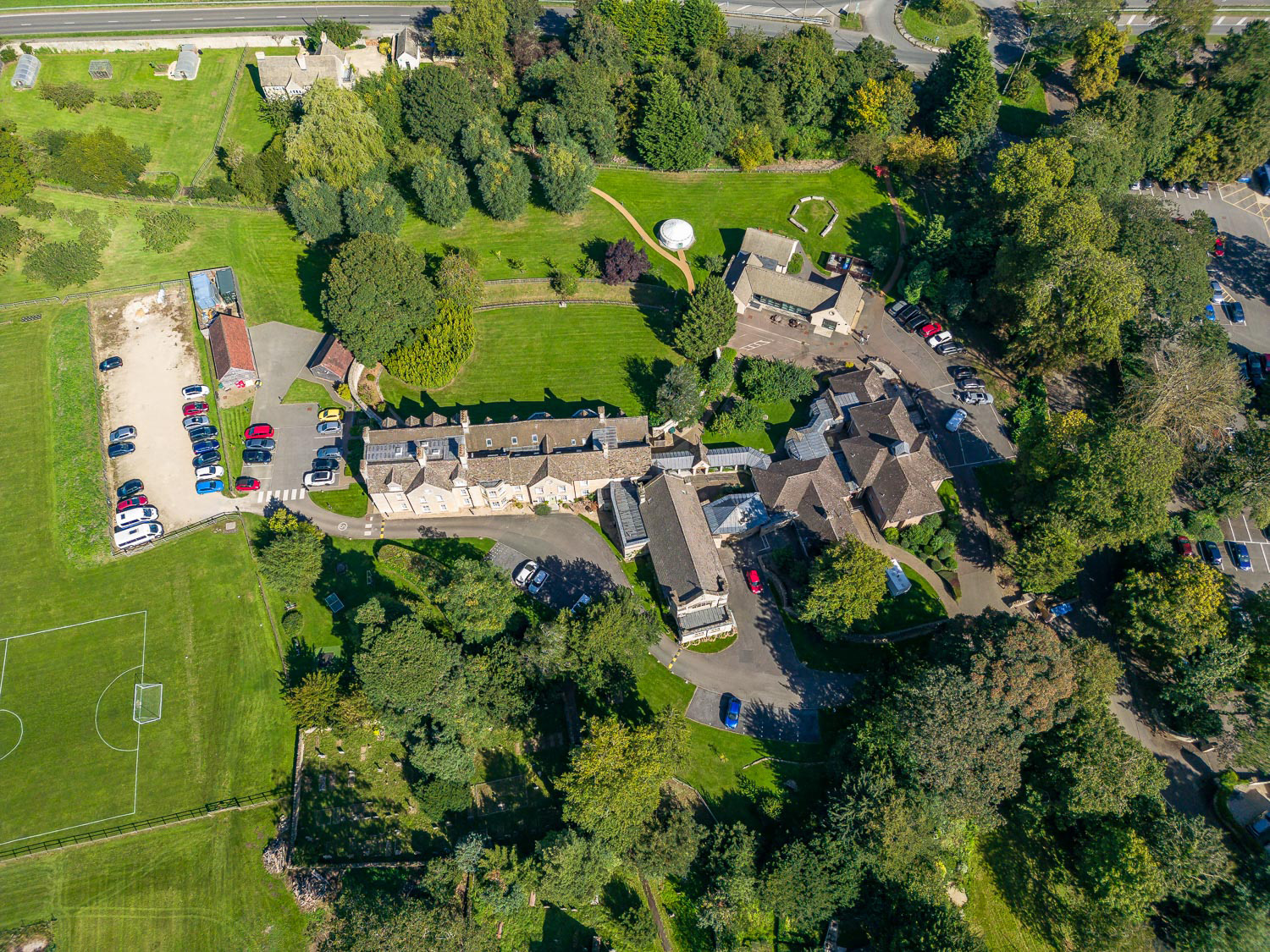
1897: The Victorian Priory
In 1896 the house and land were bought by Charles Robertson. He then donated them to the Roman Catholic Servite Order in gratitude for his own conversion to Catholicism. So, in 1897, the estate opened as St. Philip’s Priory.
The Servites, or the ‘Order of the Servants of Mary’, were one of the original orders (monastic groups) of the Catholic Church. However, they’d been in decline in Europe ever since the Reformation. The late 1800s saw a revival in their fortunes and this continued globally throughout the 20th century. Begbroke was one of the first of the new priories in this Servite renaissance.
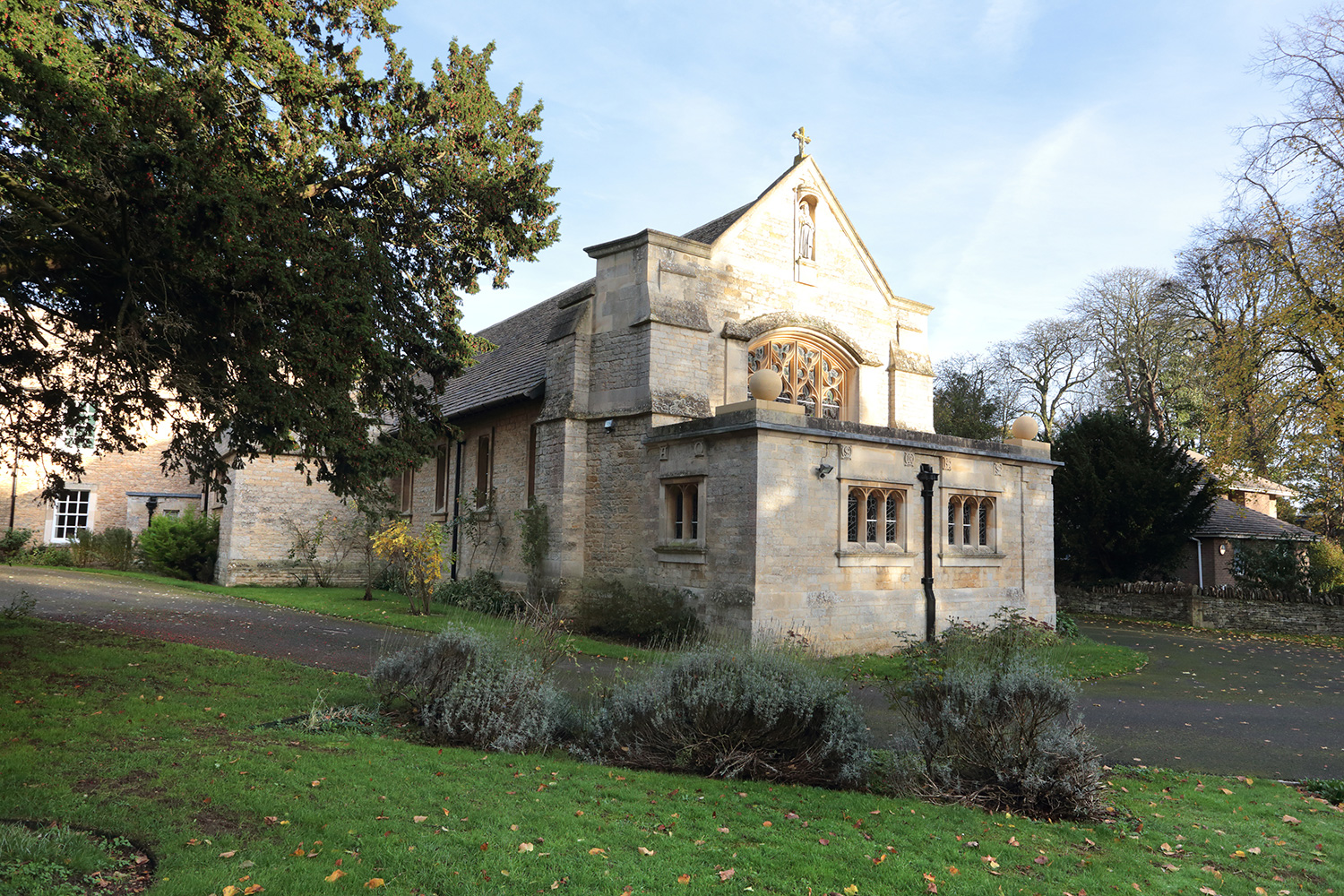
1899: The Priory Church of St Philip
The LVS Oxford dining hall is the old priory church (not to be confused with the 12th century St. Michael’s village church which is next door to us). Our priory church was finished and consecrated in 1899. It was designed by Leonard Stokes (1858 – 1925). At the time he was a well-known Catholic church architect who was also responsible for twenty telephone exchanges around the country. Locally, he also designed Oxford’s Central Girl’s School in 1900 (the building is now part of St Peter’s College).
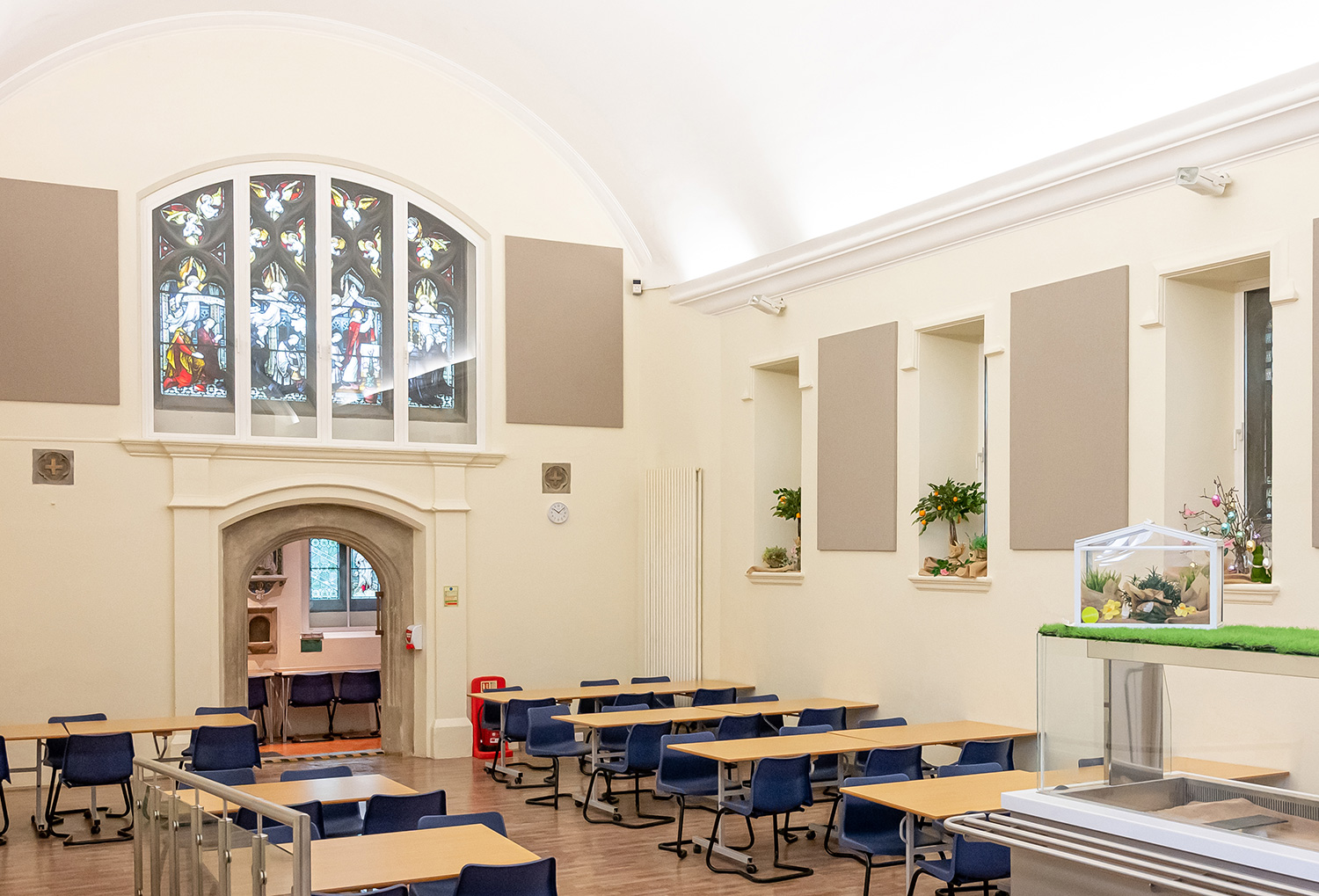
1899: The Stained Glass
Our dining hall still retains the original and spectacular stained-glass windows of the priory church. All but one of the windows were designed by John Hardman & Co of Birmingham in 1899, when the church was built. They generally tell the story of the Catholic church and the Servites in the UK, as well giving a nod to Charles Robertson and his wife, the benefactors that donated Begroke House to the Servites. For pictures, descriptions and explanations of all the windows click the button below.
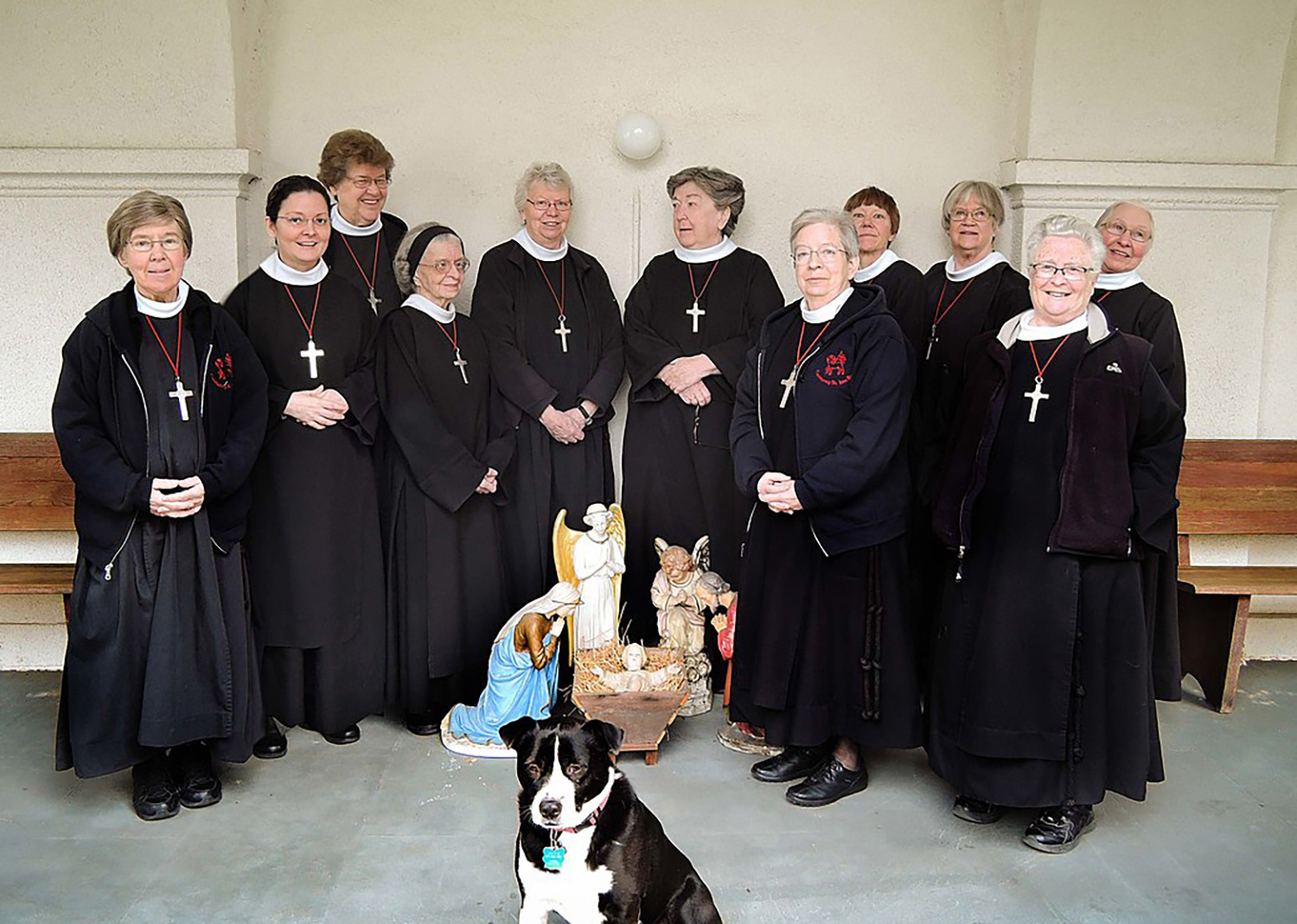
2001: The Community of St John the Baptist
In 1999 the site became the property of The Community of St John the Baptist (CSJB). This also represented a change of denominational use from Catholic to Protestant. The CSJB, an episcopal religious order for women, was originally an English order formed in Clewer near Windsor. In the 1870s a number of CSJB sisters moved to the USA. They established a convent in New Jersey (picture courtesy of CSJB, USA) which is still going strong. The remaining English sisters in Clewer eventually moved to our site in 2001.

2012: LVS Oxford
As the number of CSJB English sisters dwindled, the CSJB sold the site to The Licensed Trade Charity in 2012 for the establishment of a school for autistic children. We remain here today, surrounded by a past that goes back to the 17th century. We have added new buildings, sympathetic to the existing architecture, and modern facilities to the site to serve the needs of our school, but we hope that when you visit our campus you will get a sense of its past and you’ll value our heritage as much as we do.
Virtual Tour (click any label to start)
Tap and hold to move left and right:
